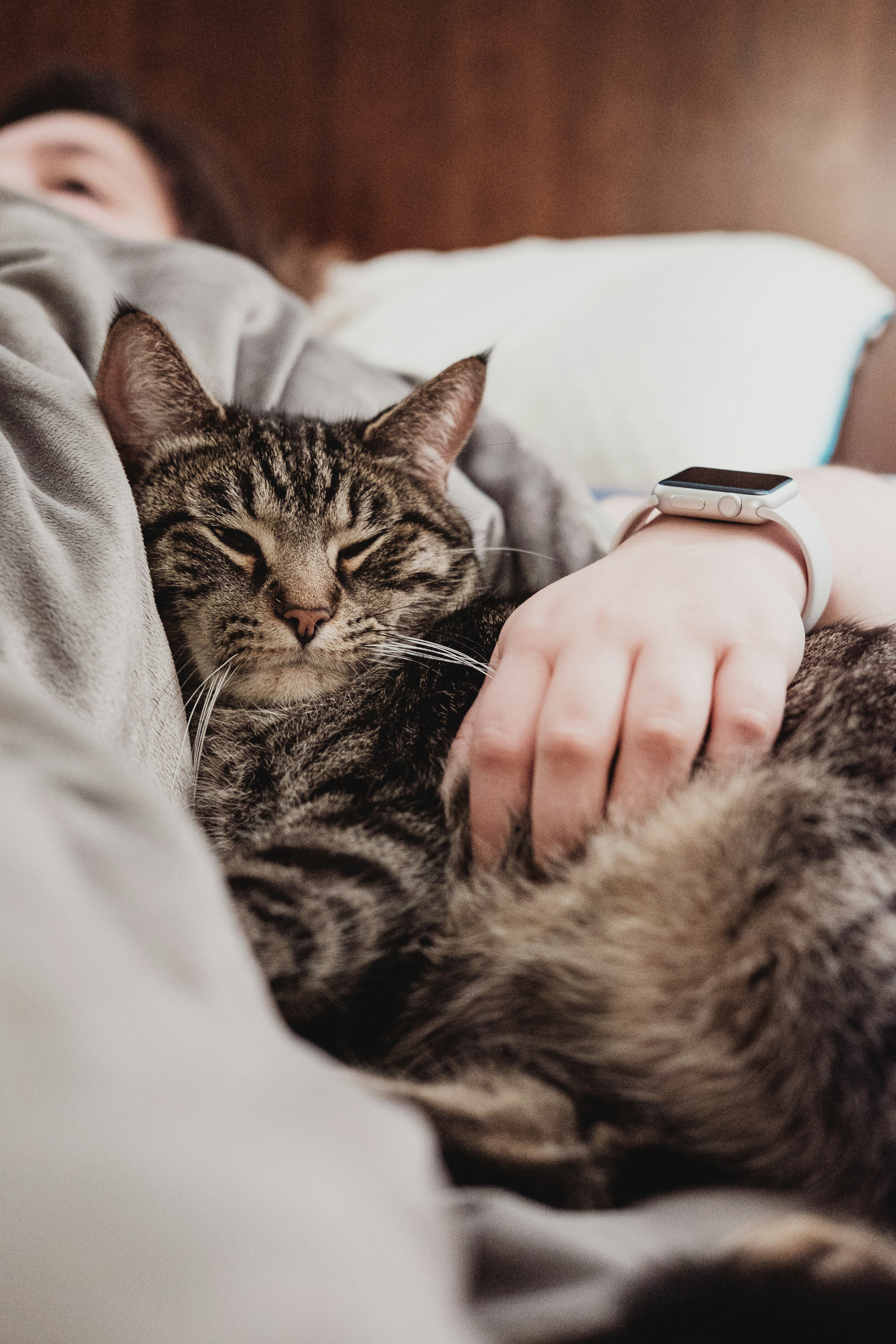In Part 1 of out pet toxicity double feature, we discussed some of the most common toxins your pet could be exposed to. Understanding the risks is just the first step in keeping your pets safe from toxins. Here’s how to prevent exposure and what actions to take if your pet ingests something harmful.
Prevention Strategies
Protecting your pet from toxins involves a few proactive measures:
- Safe Storage: Keep harmful substances such as chemicals, medications, and toxic plants out of reach, preferably in cabinets with childproof locks.
- Educate Yourself: Familiarize yourself with toxic foods and plants. If you're unsure about a specific item, research or consult your veterinarian.
- Designated Areas: Create pet-friendly zones in your home, restricting access to areas where hazardous items may be present.
Immediate Actions You Can Take if Exposure Occurs
If you suspect your pet has ingested a toxin, quick action is crucial:
- Contact a Veterinarian
Reach out to your vet or an emergency animal clinic immediately. Provide them with details such as the substance ingested, amount, and time of exposure. It’s often also helpful if poison control is contacted prior to the pet’s arrival at the hospital so a case number is already established. This extra step on the owner’s part streamlines the vet’s ability to speak directly with a toxicologist and limits a delay in initiating treatment.
- Do Not Induce Vomiting at Home
Unless specifically instructed by a veterinary professional, do not induce vomiting at home. While this may go against your instinct, inducing vomiting is not without risk and is best performed under the supervision of a veterinarian. The at-home use of hydrogen peroxide can lead to significant esophageal and gastric ulceration and the potential for aspiration due to forcefully administering a solution the pet may not want to ingest freely on their own. There are medications that a veterinarian can administer either directly in a vein or topically on the eye that will result in vomiting. Your pet will be monitored closely during the procedure and if there are any concerns for aspiration or complication, the medical team can act immediately.
- Do Not Administer At-Home Remedies Advertised To Treat Toxicities
Activated charcoal has often been called the “universal antidote” for absorbing toxins from the gastrointestinal tract. This reduces or even prevents the body from absorbing the toxin. However, this treatment is not benign and does come with some risks. Here are a number of reasons why activated charcoal should only be administered under veterinary guidance and after evaluation by a veterinarian:
- Some toxins do not respond to activated charcoal.
- Inhalation of activated charcoal can be life threatening.
- If a pet does not willingly ingest the activated charcoal (often mixed in yummy food), a feeding tube may be used for administration.
- If a pet is displaying neurologic signs such as disorientation, tremors, or seizures, as well as a decreased gag reflex, administered activated charcoal is contraindicated.
- If a pet is dehydrated, administering activated charcoal is contraindicated. Activated charcoal pulls fluid from the body into the gastrointestinal tract, which can worsen dehydration.
- If the pet has elevated sodium levels. When activated charcoal pulls fluid from the body into the gastrointestinal tract, this also causes the blood sodium level to increase. Elevated blood sodium levels can cause life-threatening neurological issues such as brain swelling and seizures.
- If the pet has a compromised gastrointestinal tract either from a recent gastrointestinal surgery or suspected intestinal blockage. If the intestines are not moving properly, constipation can occur. Constipation may be worsened by activated charcoal or cause toxins absorbed by activated charcoal to reabsorb into the body. Also, if the bowels are not intact or there is the potential for an intestinal perforation, activated charcoal could leak into the abdomen.
- If the pet has concurrent diseases such as acute kidney failure, diabetic ketoacidosis, and megaesophagus, administering activated charcoal could lead to potential complications associated with already diagnosed conditions.
- Finally, administering activated charcoal at home can be a waste of time and money. The first thing your veterinarian will do upon arrival at the hospital will be to induce vomiting. Once your pet’s stomach is empty and the toxic substance eliminated as much as possible, activated charcoal should be considered.
- Keep Records
Maintain a record of the products in your home, including their ingredients, and keep them handy in an emergency. Having access to the ingredients is extremely helpful in determining toxicity risk as well as treatment recommendations. For example, there are three common options for rat bait that cause the rat to die by different methods. Treatment for rat bait exposure is dependent on which type of rat bait was ingested.
Stay Vigilant About Toxin Risks
Unfortunately, toxins surround our day-to-day activities, and our pets are none the wiser. It’s our responsibility to keep our pets safe and be prepared in the case of an emergency. We can save our pets’ lives by recognizing and addressing pet toxins quickly in these situations. By maintaining awareness and taking preventive measures, we can ensure a safe and healthy environment for our furry companions.





